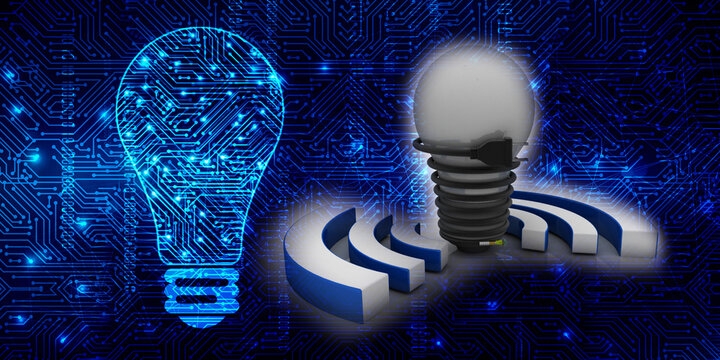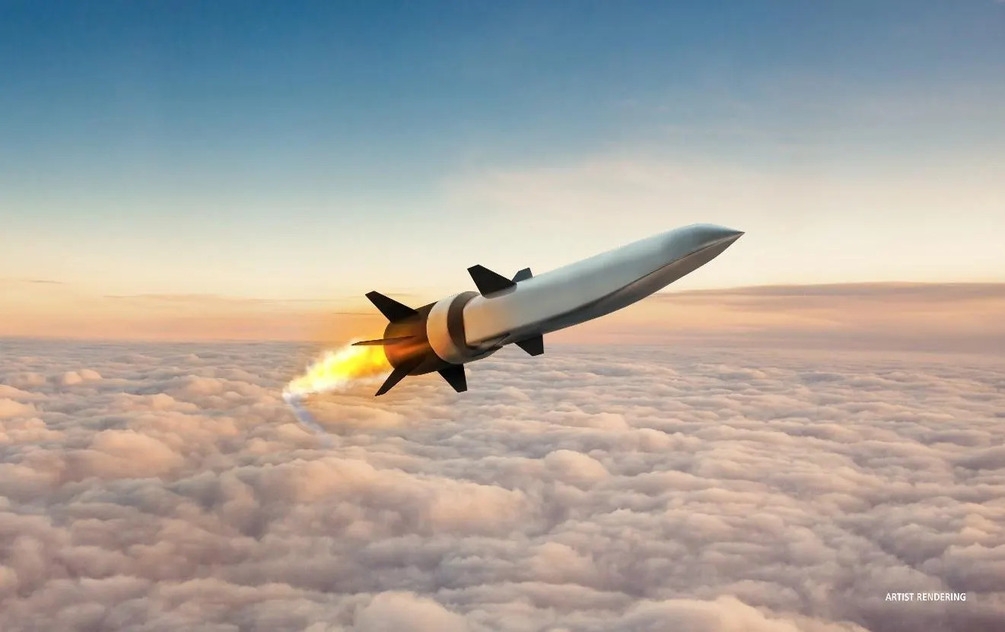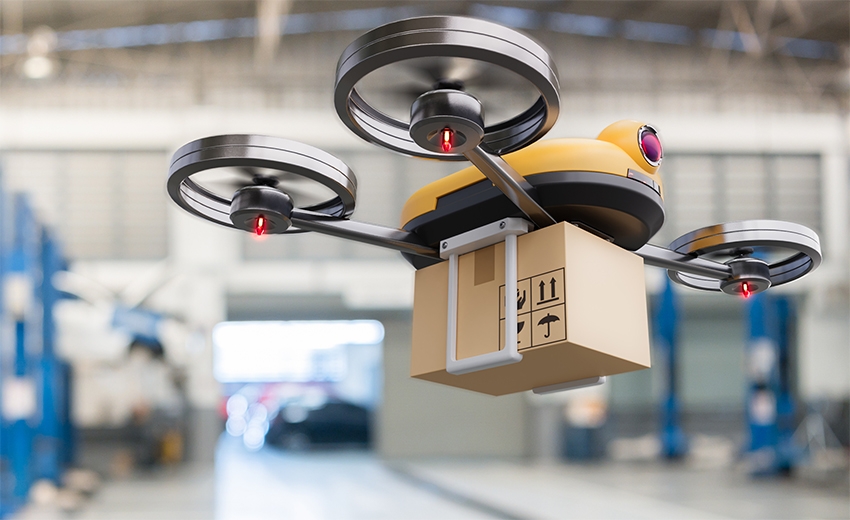Space Tourism: Exploring the Possibilities
Space tourism is the next frontier in travel, offering adventurous individuals the chance to explore beyond Earth’s atmosphere. This rapidly developing industry is transforming the concept of travel, taking it to the ultimate level — space. As private companies invest heavily in developing the necessary technology and infrastructure, what once seemed like science fiction is becoming a reality.
The idea of space tourism gained momentum with the advent of private spaceflight companies like SpaceX, Blue Origin, and Virgin Galactic .These pioneers have made significant strides in making space accessible to non-professional astronauts. With successful test flights and missions, they have demonstrated that commercial space travel is not only possible but also increasingly viable. Virgin Galactic, for instance, has developed its SpaceShipTwo , a suborbital spaceplane designed to carry tourists to the edge of space, offering a few minutes of weightlessness and breath taking views of Earth.
Space tourism experiences can vary in complexity and cost. Suborbital flights, like those offered by Blue Origin’s New Shepard and Virgin Galactic’s SpaceShipTwo, provide a relatively short but exhilarating journey just above the Kármán line — the boundary between Earth’s atmosphere and outer space. During these flights, passengers experience microgravity and can witness the curvature of the Earth against the blackness of space. These trips are expected to become more common as the technology matures and costs decrease.
For those seeking a more extended adventure, orbital flights are the next step. SpaceX’s Dragon spacecraft, for example, is capable of transporting private passengers to the International Space Station (ISS) or even on free-flying missions around Earth. These journeys offer a longer duration in space, allowing tourists to experience life aboard a spacecraft and participate in various activities such as scientific experiments and Earth observation. Such missions, however, come with a significantly higher price tag and require more rigorous training.
The impact of space tourism extends beyond the thrill of adventure. It has the potential to drive technological innovation, as companies strive to develop more efficient and safer spacecraft. Moreover, the industry could generate significant economic benefits, creating jobs and stimulating growth in related sectors such as aerospace engineering, hospitality, and education.
However, space tourism also presents challenges and concerns. The environmental impact of frequent spaceflights, for instance, is a topic of debate. Rocket launches release greenhouse gases and other pollutants into the atmosphere, contributing to climate change. Furthermore, the high costs associated with space tourism mean that, at least initially, it will be accessible only to the wealthy, raising questions about inclusivity and equity.
In conclusion, space tourism represents a bold and exciting leap into the future of travel. As technology advances and costs decrease, it has the potential to become a more widespread and impactful industry. By pushing the boundaries of what is possible, space tourism not only fulfils humanity’s age-old desire to explore but also drives innovation and economic growth. The dream of venturing into the cosmos is no longer reserved for astronauts alone; it is becoming an achievable goal for ordinary people with an extraordinary sense of adventure.
Introduction Space Tourism
Space tourism is the next frontier in travel, offering adventurous individuals the chance to explore beyond Earth’s atmosphere. This rapidly developing industry is transforming the concept of travel, taking it to the ultimate level — space. As private companies invest heavily in developing the necessary technology and infrastructure, what once seemed like science fiction is becoming a reality.
https://www.marketdigits.com/space-tourism-market-1713441224
Space tourism is the next frontier in travel, offering adventurous individuals the chance to explore beyond Earth’s atmosphere. This rapidly developing industry is transforming the concept of travel, taking it to the ultimate level — space. As private companies invest heavily in developing the necessary technology and infrastructure, what once seemed like science fiction is becoming a reality.
The idea of space tourism gained momentum with the advent of private spaceflight companies like SpaceX, Blue Origin, and Virgin Galactic .These pioneers have made significant strides in making space accessible to non-professional astronauts. With successful test flights and missions, they have demonstrated that commercial space travel is not only possible but also increasingly viable. Virgin Galactic, for instance, has developed its SpaceShipTwo , a suborbital spaceplane designed to carry tourists to the edge of space, offering a few minutes of weightlessness and breath taking views of Earth.
Space tourism experiences can vary in complexity and cost. Suborbital flights, like those offered by Blue Origin’s New Shepard and Virgin Galactic’s SpaceShipTwo, provide a relatively short but exhilarating journey just above the Kármán line — the boundary between Earth’s atmosphere and outer space. During these flights, passengers experience microgravity and can witness the curvature of the Earth against the blackness of space. These trips are expected to become more common as the technology matures and costs decrease.
For those seeking a more extended adventure, orbital flights are the next step. SpaceX’s Dragon spacecraft, for example, is capable of transporting private passengers to the International Space Station (ISS) or even on free-flying missions around Earth. These journeys offer a longer duration in space, allowing tourists to experience life aboard a spacecraft and participate in various activities such as scientific experiments and Earth observation. Such missions, however, come with a significantly higher price tag and require more rigorous training.
The impact of space tourism extends beyond the thrill of adventure. It has the potential to drive technological innovation, as companies strive to develop more efficient and safer spacecraft. Moreover, the industry could generate significant economic benefits, creating jobs and stimulating growth in related sectors such as aerospace engineering, hospitality, and education.
However, space tourism also presents challenges and concerns. The environmental impact of frequent spaceflights, for instance, is a topic of debate. Rocket launches release greenhouse gases and other pollutants into the atmosphere, contributing to climate change. Furthermore, the high costs associated with space tourism mean that, at least initially, it will be accessible only to the wealthy, raising questions about inclusivity and equity.
In conclusion, space tourism represents a bold and exciting leap into the future of travel. As technology advances and costs decrease, it has the potential to become a more widespread and impactful industry. By pushing the boundaries of what is possible, space tourism not only fulfils humanity’s age-old desire to explore but also drives innovation and economic growth. The dream of venturing into the cosmos is no longer reserved for astronauts alone; it is becoming an achievable goal for ordinary people with an extraordinary sense of adventure.
Introduction Space Tourism
Space tourism is the next frontier in travel, offering adventurous individuals the chance to explore beyond Earth’s atmosphere. This rapidly developing industry is transforming the concept of travel, taking it to the ultimate level — space. As private companies invest heavily in developing the necessary technology and infrastructure, what once seemed like science fiction is becoming a reality.
https://www.marketdigits.com/space-tourism-market-1713441224
Space Tourism: Exploring the Possibilities
Space tourism is the next frontier in travel, offering adventurous individuals the chance to explore beyond Earth’s atmosphere. This rapidly developing industry is transforming the concept of travel, taking it to the ultimate level — space. As private companies invest heavily in developing the necessary technology and infrastructure, what once seemed like science fiction is becoming a reality.
The idea of space tourism gained momentum with the advent of private spaceflight companies like SpaceX, Blue Origin, and Virgin Galactic .These pioneers have made significant strides in making space accessible to non-professional astronauts. With successful test flights and missions, they have demonstrated that commercial space travel is not only possible but also increasingly viable. Virgin Galactic, for instance, has developed its SpaceShipTwo , a suborbital spaceplane designed to carry tourists to the edge of space, offering a few minutes of weightlessness and breath taking views of Earth.
Space tourism experiences can vary in complexity and cost. Suborbital flights, like those offered by Blue Origin’s New Shepard and Virgin Galactic’s SpaceShipTwo, provide a relatively short but exhilarating journey just above the Kármán line — the boundary between Earth’s atmosphere and outer space. During these flights, passengers experience microgravity and can witness the curvature of the Earth against the blackness of space. These trips are expected to become more common as the technology matures and costs decrease.
For those seeking a more extended adventure, orbital flights are the next step. SpaceX’s Dragon spacecraft, for example, is capable of transporting private passengers to the International Space Station (ISS) or even on free-flying missions around Earth. These journeys offer a longer duration in space, allowing tourists to experience life aboard a spacecraft and participate in various activities such as scientific experiments and Earth observation. Such missions, however, come with a significantly higher price tag and require more rigorous training.
The impact of space tourism extends beyond the thrill of adventure. It has the potential to drive technological innovation, as companies strive to develop more efficient and safer spacecraft. Moreover, the industry could generate significant economic benefits, creating jobs and stimulating growth in related sectors such as aerospace engineering, hospitality, and education.
However, space tourism also presents challenges and concerns. The environmental impact of frequent spaceflights, for instance, is a topic of debate. Rocket launches release greenhouse gases and other pollutants into the atmosphere, contributing to climate change. Furthermore, the high costs associated with space tourism mean that, at least initially, it will be accessible only to the wealthy, raising questions about inclusivity and equity.
In conclusion, space tourism represents a bold and exciting leap into the future of travel. As technology advances and costs decrease, it has the potential to become a more widespread and impactful industry. By pushing the boundaries of what is possible, space tourism not only fulfils humanity’s age-old desire to explore but also drives innovation and economic growth. The dream of venturing into the cosmos is no longer reserved for astronauts alone; it is becoming an achievable goal for ordinary people with an extraordinary sense of adventure.
Introduction Space Tourism
Space tourism is the next frontier in travel, offering adventurous individuals the chance to explore beyond Earth’s atmosphere. This rapidly developing industry is transforming the concept of travel, taking it to the ultimate level — space. As private companies invest heavily in developing the necessary technology and infrastructure, what once seemed like science fiction is becoming a reality.
https://www.marketdigits.com/space-tourism-market-1713441224
0 Σχόλια
0 Μοιράστηκε







